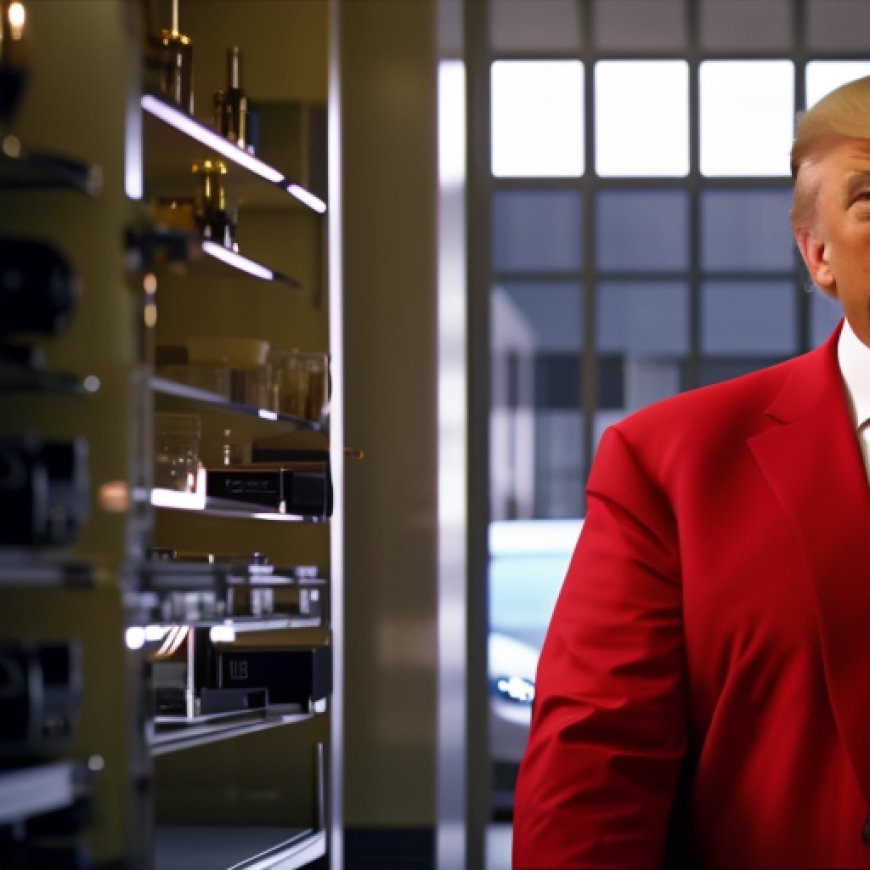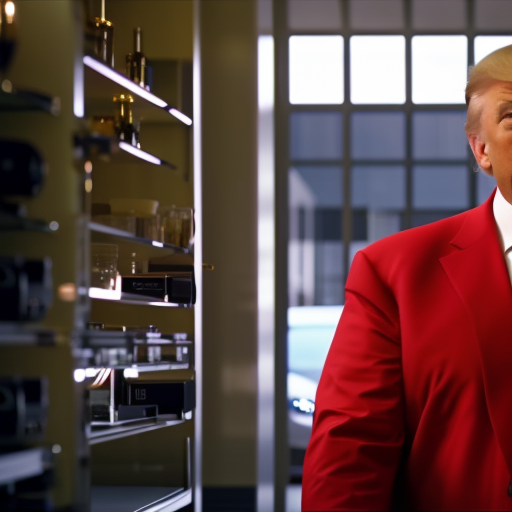What to understand about Trump’s comments about electric car ‘mandates’
What to understand about Trump's comments about electric car ... Tampa Bay Times


The End of U.S. Automakers? Examining the Impact of Electric Vehicles
Former President Donald Trump recently made a statement suggesting that the U.S. automakers are facing a bleak future due to the rise of electric cars. He claimed that under President Biden’s mandate, the entire car industry would be moved to China, resulting in job losses for American workers. However, these claims need to be examined in light of the Sustainable Development Goals (SDGs) and the current state of the auto industry.
The Challenges Faced by the U.S. Auto Industry in the Electric Vehicle Era
American automakers have been slower to embrace electric vehicles compared to their overseas competitors, particularly China. Companies like Tesla and Rivian have made significant progress in the electric vehicle sector, but they still face challenges in terms of supply chain issues. China currently dominates the production of lithium-ion batteries, which are crucial for electric vehicles, while the U.S. lags behind with only 7% of battery production capacity. This has put China at an advantage in terms of building a robust electric vehicle industry.
No “Biden Mandate” for Electric Vehicles
Contrary to Trump’s claims, there is no official mandate from President Biden to replace gasoline-powered cars with electric vehicles. The Biden administration has set a goal to have electric vehicles comprise 50% of all new vehicle sales by 2030, but this is not a binding mandate. California has implemented its own escalating scale for zero-emission vehicles, but this is a state-level policy and does not ban existing gasoline-powered cars. The Environmental Protection Agency has proposed emissions standards to reduce carbon dioxide emissions, which could lead to increased sales of electric vehicles, but it does not ban gasoline-fueled powertrains.
Biden’s Policies to Support the Shift to Electric Vehicles
President Biden has implemented several policies to support the U.S. automakers in transitioning to electric vehicles. The Inflation Reduction Act includes tax credits for electric vehicle purchases and investments in electric vehicle charging infrastructure. The bipartisan infrastructure law also includes significant funding for electric vehicle charging, battery components, and other clean transportation initiatives. The Energy Department has announced loans and funding packages to help car manufacturing plants retool for electric vehicles, and investments have been made to build electric vehicle battery factories. These policies aim to incentivize the transition to electric vehicles and ensure that the U.S. remains competitive in the global market.
The Complex Effects of the Shift to Electric Vehicles
While the auto industry is indeed undergoing a shift towards electric vehicles, it is important to note that this does not mean the entire industry will leave the United States. Powertrain system production may shift towards electric motors and batteries, but other materials and components will still be sourced from various nations. The global supply chain for automobile production is already complex, and this shift towards electric vehicles is just another aspect of that complexity. Therefore, Trump’s claim that the car industry will leave the U.S. is unsubstantiated.
SDGs, Targets, and Indicators
1. Which SDGs are addressed or connected to the issues highlighted in the article?
- SDG 7: Affordable and Clean Energy
- SDG 9: Industry, Innovation, and Infrastructure
- SDG 11: Sustainable Cities and Communities
- SDG 13: Climate Action
2. What specific targets under those SDGs can be identified based on the article’s content?
- SDG 7.2: Increase substantially the share of renewable energy in the global energy mix.
- SDG 9.4: Upgrade infrastructure and retrofit industries to make them sustainable.
- SDG 11.6: Reduce the adverse per capita environmental impact of cities.
- SDG 13.2: Integrate climate change measures into national policies, strategies, and planning.
3. Are there any indicators mentioned or implied in the article that can be used to measure progress towards the identified targets?
- Percentage of renewable energy in the global energy mix.
- Investments in electric vehicle charging infrastructure.
- Reduction in greenhouse gas emissions from transportation.
- Percentage of new vehicle sales that are electric vehicles.
Table: SDGs, Targets, and Indicators
| SDGs | Targets | Indicators |
|---|---|---|
| SDG 7: Affordable and Clean Energy | 7.2: Increase substantially the share of renewable energy in the global energy mix. | Percentage of renewable energy in the global energy mix. |
| SDG 9: Industry, Innovation, and Infrastructure | 9.4: Upgrade infrastructure and retrofit industries to make them sustainable. | Investments in electric vehicle charging infrastructure. |
| SDG 11: Sustainable Cities and Communities | 11.6: Reduce the adverse per capita environmental impact of cities. | Reduction in greenhouse gas emissions from transportation. |
| SDG 13: Climate Action | 13.2: Integrate climate change measures into national policies, strategies, and planning. | Percentage of new vehicle sales that are electric vehicles. |
Behold! This splendid article springs forth from the wellspring of knowledge, shaped by a wondrous proprietary AI technology that delved into a vast ocean of data, illuminating the path towards the Sustainable Development Goals. Remember that all rights are reserved by SDG Investors LLC, empowering us to champion progress together.
Source: tampabay.com

Join us, as fellow seekers of change, on a transformative journey at https://sdgtalks.ai/welcome, where you can become a member and actively contribute to shaping a brighter future.







